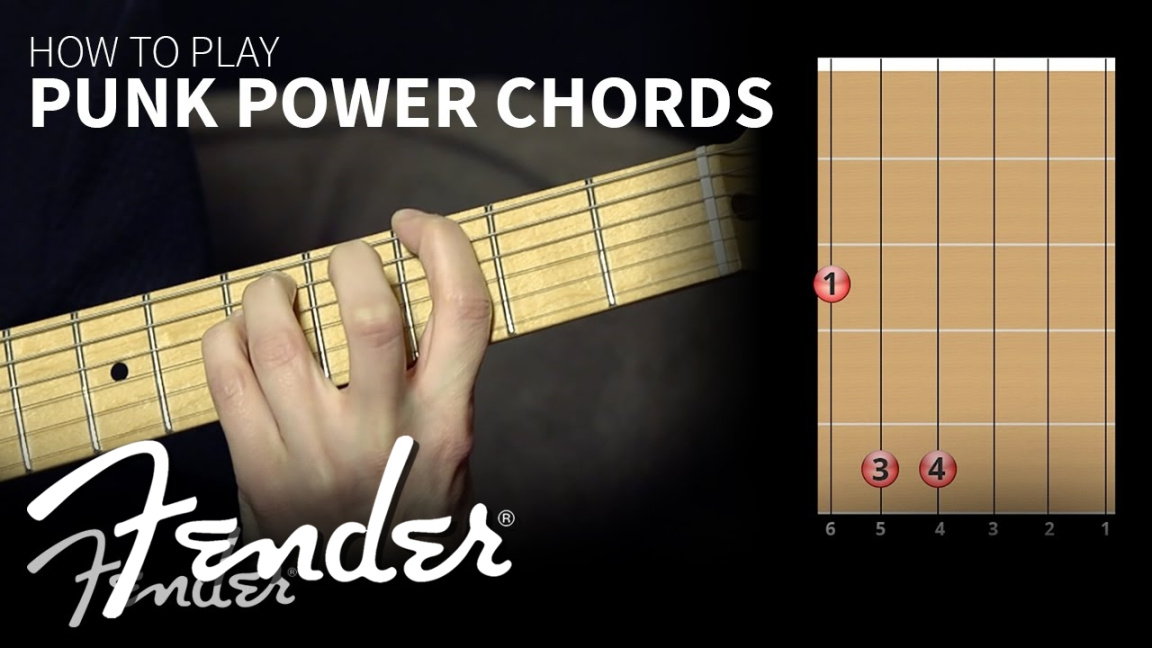The Power of Simplicity: Punk’s Core Chords
Punk rock isn’t about showing off your technical skills. It’s about expressing frustration, rebellion, and a general “screw you” to the status quo. And that translates directly into the chords used. You’ll find a heavy reliance on power chords, the backbone of punk. These are simplified chords, usually just the root and fifth notes, making them easy to play and incredibly powerful.
Think of it like this: you don’t need a symphony to make a statement. Sometimes, a primal scream is all it takes. And in punk, that scream is delivered through a wall of distorted power chords. You’ll be playing things like:
A5: (A-E)

These are your bread and butter. Learn them well, and you’ll be on your way to crafting your own punk anthems.
Common Punk Chord Progressions: The Basics
Now, let’s talk about putting those chords together. Punk chord progressions are often repetitive and straightforward. This isn’t a bad thing; it’s what gives punk its driving, relentless energy. Here are a few common progressions you’ll hear in countless punk songs:
I-IV-V Progressions
The classic I-IV-V progression is a staple in many genres, but punk takes it and injects it with a healthy dose of distortion and speed. For example, in the key of E, that would be E5-A5-B5. Think Ramones or The Clash. This is the foundation of countless punk hits, and it’s a great place to start.
I-V-vi-IV Progressions
This progression adds a touch of melancholy to the mix while still keeping that punk edge. In the key of C, it would be C5-G5-Am5-F5. You’ll hear this in bands like Green Day and some of the more melodic punk bands. It’s a bit more dynamic than the I-IV-V, offering a wider range of emotions.
The Four-Chord Punk Progression
Sometimes, punk gets even simpler. A four-chord progression, often just repeating the same four chords throughout the entire song, is a common tactic. Bands like The Sex Pistols used this to great effect. It’s all about the energy and the delivery, not the complexity.
Why Simplicity Works in Punk
The beauty of punk lies in its accessibility. You don’t need years of guitar lessons to play punk. This simplicity allows the focus to shift from technical proficiency to the message and the energy of the music. It’s about raw emotion, not polished perfection.
Distortion and Speed: The Punk Sound
Of course, the chords themselves are only part of the equation. To truly capture the punk sound, you need distortion and speed. Crank up the gain on your amp, and play those power chords with a fast, aggressive strumming pattern. This creates the wall of sound that defines punk rock.
Experimentation and Breaking the Rules
While there are common progressions, punk is all about breaking the rules. Don’t be afraid to experiment and create your own unique chord sequences. Throw in a few unexpected chords, change the rhythm, or add some dissonant notes. This is where you find your own voice as a punk guitarist.
Finding Your Own Punk Sound
Listen to your favorite punk bands, and pay attention to the chord progressions they use. But don’t just copy them; use them as a starting point for your own creations. Develop your own style, and don’t be afraid to push the boundaries.
The Power of Repetition
Repetition is a key element in punk. Repeating simple chord progressions creates a hypnotic effect, drawing the listener into the song’s energy. This repetition also makes the songs easy to remember and sing along to, which is crucial for creating anthems.
Beyond Power Chords
While power chords are the foundation, some punk bands incorporate other chord types. Open chords, barre chords, and even the occasional major or minor chord can add depth and variety to your punk sound. However, the core principle remains: keep it simple and powerful.
The Importance of Rhythm
In punk, the rhythm is just as important as the chords. A driving, relentless rhythm section can transform even the simplest chord progression into a powerful punk anthem. Pay attention to the drumming and bass lines, and try to match their energy with your guitar playing.
DIY and Authenticity
Punk is a DIY genre. It’s about creating your own music, regardless of your technical abilities. Don’t worry about sounding perfect; focus on expressing yourself authentically. That’s what punk is all about.
In conclusion, punk guitar chord progressions are all about simplicity, power, and raw energy. By mastering the basics of power chords and common progressions, and by embracing the DIY spirit of the genre, you can create your own punk anthems. Remember, it’s not about technical skill; it’s about expressing your passion and attitude through your music. So, crank up the distortion, grab your guitar, and start making some noise.

